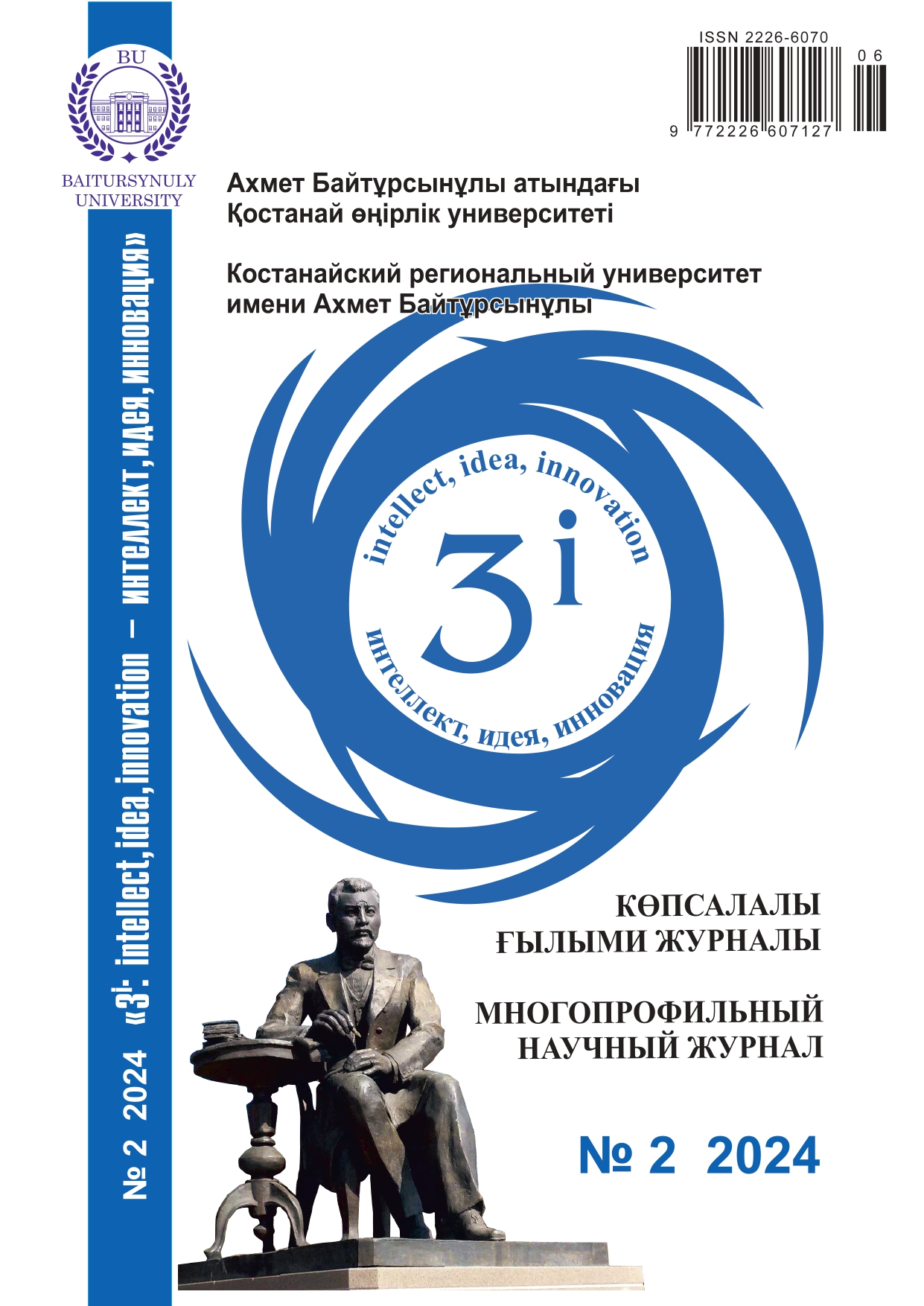BIOLOGICAL AND ECONOMIC EFFECTIVENESS OF HERBICIDES FOR NO-TILL AGRICULTURE
DOI:
https://doi.org/10.52269/22266070_2024_2_46Keywords:
no-till, herbicide, plant protection, weeds, spring wheatAbstract
The article reveals the biological and economic effectiveness of the herbicide for the no-till technology. The research was conducted in the period from 2019 to 2021 at the experimental no-til field of the Zarechnoye Agricultural Experimental Station LLP in the Zarechnoye village, Kostanay district, Kostanay region. The research purpose is to reveal the effect of herbicides on the resulting crop. Tasks: to study and analyze the average air temperature, precipitation and average humidity (taking into account decades and its average amounts, as well as to determine the biological and economic effectiveness of various dosages of herbicide (2,4-D (2-ethylhexyl ether) 410 g/l + Florasulam 7.4 g/l) against annual dicotyledonous, including those resistant to 2,4-D and 2M-4X, and some perennial dicotyledonous weeds growing on spring wheat crops cultivated using no-till technology at the experimental site of Zarechnoye Agricultural Experimental Station LLP in the Zarechnoye village, Kostanay district, Kostanay region. Harvesting and threshing of the ears were carried out in 2-fold repetition. The harvest was brought to the standard moisture content of the seeds, according to the state standard and is recalculated in c/ha. The article shows detailed peculiarities of weather conditions and the effectiveness of the herbicide against annual dicotyledons, including those resistant to 2,4-D and 2M-4X, and some perennial dicotyledonous weeds growing on spring wheat crops cultivated using no-till technology.




